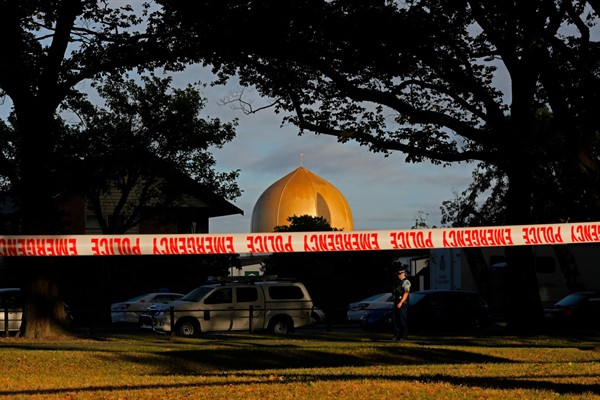In this current age of American dystopia, it can sometimes be hard to believe there is any part of Washington that still functions, let alone finds consensus on U.S. national security priorities. So the State Department’s designation this week of the ultranationalist, white supremacist Russian Imperial Movement as a terrorist organization came as a pleasant surprise. As counterterrorism experts have been warning for years about the threat posed by the proliferation of white supremacist groups, the move to classify the St. Petersburg-based outfit as a transnational threat is a welcome, if overdue, step in the right direction.
The U.S. terrorism designation freezes any American assets held by the Russian Imperial Movement’s members and effectively bars Americans from doing business with its three leaders: Stanislav Vorobyev, Denis Gariev and Nikolay Trushchalov. It also places the Treasury Department’s Office of Foreign Assets Control in charge of monitoring any dollar flows to the far-right militant group, and makes it harder for anyone affiliated with it to travel to the United States.
The Russian Imperial Movement’s networks overlap significantly with offshoot contingents of mercenaries affiliated with the Wagner Group—the shadowy, Kremlin-aligned private military contractor—who found common cause with Russian-backed separatists in eastern Ukraine. Given those connections, the terrorist designation prompts another question. Will U.S. and other authorities finally connect the dots between the threat posed by mercenary outfits like the Wagner Group and the rise of ultra-right white supremacism across the U.S. and Europe, and as far away as Australia and New Zealand?

